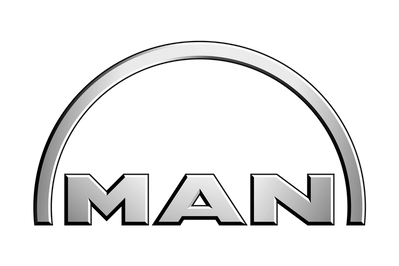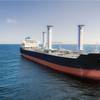100 Years With Diesel - Successor Ready
Exactly 100 years ago, the Danish ship Selandia set an example for international shipping as a pioneer within CO2 reduction. Now we are ready for yet another environmental quantum leap.
The most distinctive feature of the M/S Selandia was the fact that it had no funnel emitting black smoke up into the sky. The M/S Selandia marked the beginning of the end of steamships. As the first ocean-going ship, she sailed on diesel instead of coal. A technological revolution built at the B&W shipyard. And at the same time, a major gain for the environment. On 17 February 2012, Selandia's 100th anniversary can be celebrated. And exactly at the centenary for the change from steam to diesel, the marine engine of the future is ready to further reduce CO2 emissions.
100 years ago, the M/S Selandia took the first step into a globalised world by initiating The East Asiatic Company's diesel-powered line service to the Far East. Diesel engines were more cost-effective to sail with. They were an improvement of the working environment on board. And even though it was not such a big issue then, Selandia had a major impact on CO2 shipping emissions. In 1912, when the ships' steam engines were replaced by diesel engines, CO2 emissions per produced kilowatt-hour were reduced dramatically. As early as in 1920, CO2 emissions were reduced by more than 50 per cent. Throughout the next 50 years, diesel engines and steam engines competed to become the most efficient to reduce CO2 emissions. The diesel engine won, says Hans Otto Kristensen, senior researcher at the Institute for Mechanical Technology at The Technical University of Denmark.
We still see cargo vessels all over the world with large diesel engines designed in Copenhagen, at MAN Diesel & Turbo's headquarters at Teglholmen in Copenhagen. MAN Diesel & Turbo is the former B&W. Here, the engine of the future has just been developed and is ready to launch a new epoch. Instead of oil, the engine runs on liquefied natural gas, which is good news for the ambitious, but important global goals for CO2 reduction.
Over the past years, natural gas has turned out to be an attractive fuel for marine engines, as a gas engine has an approximately 25 per cent lower CO2 emission level than a corresponding diesel engine. At the same time, a change from diesel to natural gas will solve the problems with sulphur pollution, so that the strict requirements on sulphur emissions coming into force in 2015 can be easily met, says Hans Otto Kristensen, senior researcher at the Institute for Mechanical Technology at The Technical University of Denmark.
Something implies that it takes 100 years to revolutionise the way a large ship is propelled. Precisely 200 years ago, in 1812, the Scottish "The Comet" sailed as the first steamship in open sea. Exactly 100 years later, Selandia initiated the diesel era with her maiden voyage to Bangkok. And in 2012, the LNG engine is ready to take over.
Exactly 100 years after Selandia excited the world, we are proud to still be at the forefront of the technological development and to leave our substantial mark on the international shipping industry. Recently, we developed the ME-GI gas engine, which is ready to start a new era and reduce CO2 emissions further. In my opinion, the future is liquefied natural gas, says Thomas Knudsen, Head of Business Unit Low Speed, MAN Diesel & Turbo. The centenary of Selandia is celebrated on 17 February 2012 with a special exhibition at DieselHouse in Copenhagen and the premiere of the documentary "The Ship that Changed the World - M/S Selandia" from Chroma Film.
2/2012















